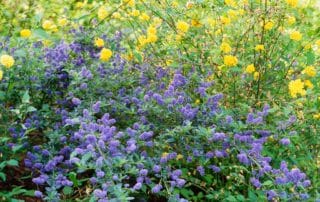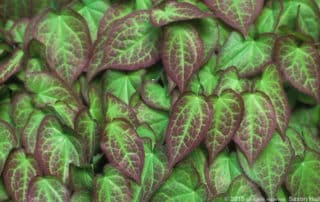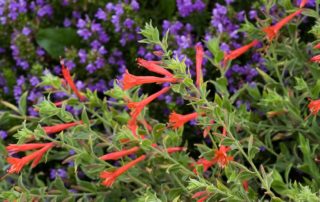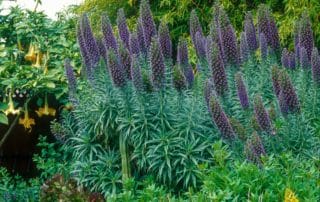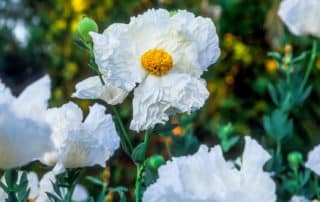Descriptions with photos of garden plants suitable for summer-dry gardens.
Manzanita
Arctostaphylos pajaroensis branches in Tilden Park Every garden needs a “backbone” – usually trees or shrubs that provide enduring form and structure as perennials and annuals lose their seasonal impact. Native to much of the West Coast, manzanitas (Arctostaphylos) are the perfect backbone plants for California – graceful form, picturesque bark, showy clusters of small winter to early spring flowers, and handsome green or gray-green leaves year round. Arctostaphylos hooveri bark Why are manzanitas not in every California garden? Perhaps because they often fail to thrive under gardening practices considered normal for East Coast or English gardens



